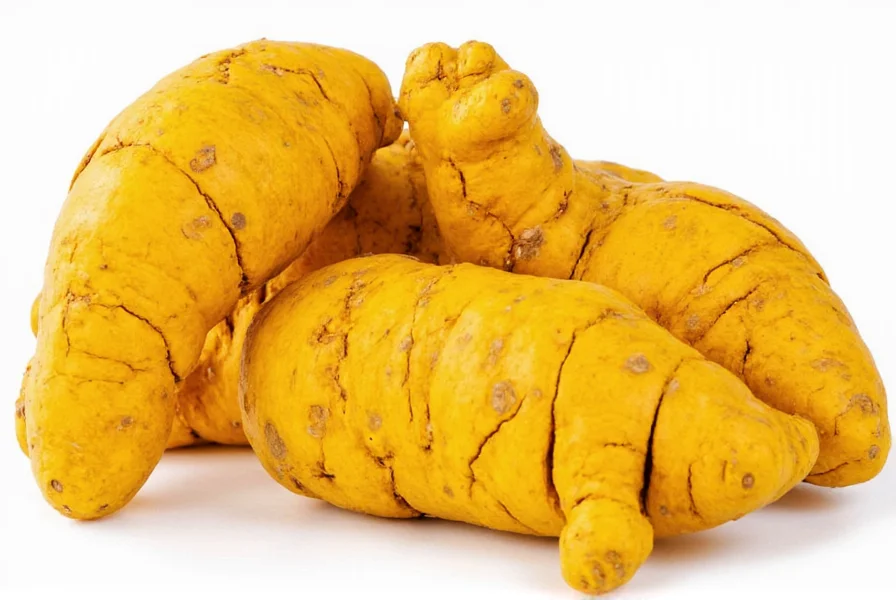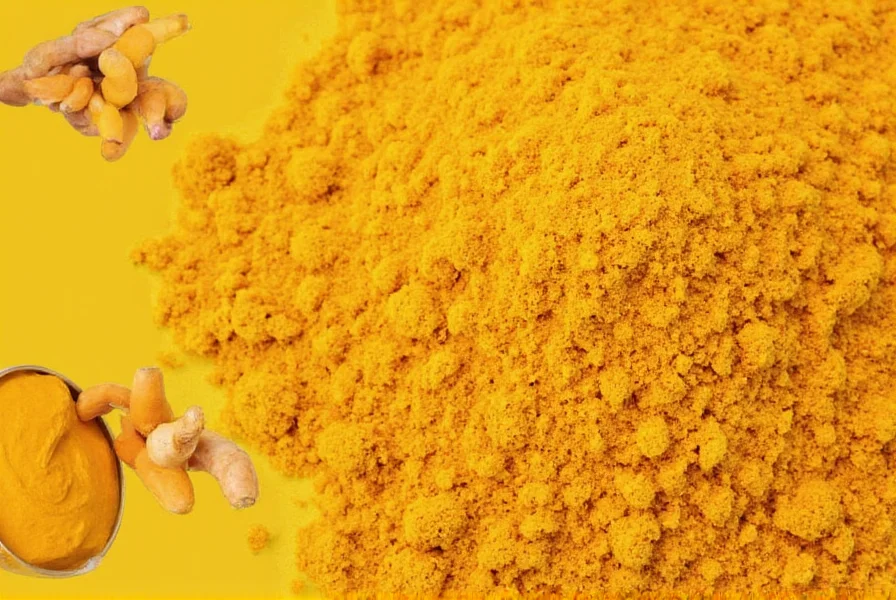When searching for information about this golden spice in Spanish contexts, knowing the correct terminology is essential. Whether you're navigating a mercado in Mexico City, following a recipe from Spain, or discussing health benefits with Spanish-speaking communities, 'cúrcuma' is the universally recognized term throughout the Spanish-speaking world.
Understanding Cúrcuma: More Than Just a Translation
While 'turmeric' directly translates to 'cúrcuma' in Spanish, understanding its cultural significance requires deeper exploration. Unlike English where 'turmeric' and 'curcumin' are often confused, Spanish makes a clear distinction:
| English Term | Spanish Equivalent | Common Usage Context |
|---|---|---|
| Turmeric (the spice) | Cúrcuma | Cooking, traditional medicine |
| Curcumin (the compound) | Curcumina | Scientific, supplement contexts |
| Turmeric root | Raíz de cúrcuma | Fresh produce, traditional remedies |
| Turmeric powder | Cúrcuma en polvo | Spice aisle, recipes |
Cultural Significance Across Spanish-Speaking Regions
Cúrcuma plays diverse roles throughout Latin America and Spain. In Mexican cuisine, it features prominently in adobos and certain mole preparations. Puerto Rican cooks use it to add color to rice dishes, while in the Canary Islands (Spain), it appears in traditional gofio preparations.
Many Spanish-speaking communities value cúrcuma for more than culinary purposes. Traditional healing practices across Central America incorporate it for digestive support and inflammation reduction. In Peru, you'll find 'tés de cúrcuma' commonly recommended for seasonal wellness.

Pronunciation and Common Usage
Mastering the pronunciation 'KOOR-koo-mah' (with the stress on the first syllable) helps avoid confusion with similar terms. Note that Spanish makes no distinction between 'turmeric' and 'curry powder'—the latter translates to 'curry en polvo' and contains multiple spices including cúrcuma.
When shopping in Spanish-speaking regions, these phrases prove invaluable:
- "¿Dónde está la cúrcuma?" (Where is the turmeric?)
- "Necesito cúrcuma en polvo para la receta." (I need turmeric powder for the recipe.)
- "¿Esta cúrcuma es orgánica?" (Is this turmeric organic?)
Avoiding Common Translation Mistakes
Many learners confuse 'cúrcuma' with 'azafrán' (saffron), another yellow spice. While both add color to dishes, they differ significantly:
- Cúrcuma: Earthy flavor, more affordable, comes from rhizomes
- Azafrán: Floral notes, significantly more expensive, comes from crocus stigmas
Another frequent error involves 'témpera'—while this translates to 'tempera' in English (an art medium), it bears no relation to 'turmeric' despite superficial similarity to 'turmeric.'
Practical Applications in Daily Life
Understanding 'cúrcuma' terminology opens doors to authentic experiences. When following Spanish-language recipes, recognize these common preparations:
- Cúrcuma fresca: Fresh turmeric root (store in refrigerator)
- Cúrcuma seca: Dried turmeric
- Leche de cúrcuma: Turmeric milk (golden milk)
- Agua de cúrcuma: Turmeric water infusion

Scientific Context in Spanish Resources
When researching health benefits through Spanish-language scientific sources, recognize that 'curcumina' refers specifically to the active compound curcumin. Reputable Spanish medical journals distinguish between:
- Cúrcuma: The whole spice with multiple compounds
- Curcumina: The primary bioactive polyphenol
This precision matters when evaluating health claims or understanding supplement labels in Spanish-speaking markets.
Regional Variations to Note
While 'cúrcuma' remains universally understood, some regions use additional terms:
- In parts of the Caribbean: achiotillo (though this more commonly refers to annatto)
- Historical term in some regions: terra merita (rarely used today)
For authentic communication, stick with 'cúrcuma' which works across all 20+ Spanish-speaking countries.
Frequently Asked Questions
Is cúrcuma the same as azafrán in Spanish?
No, cúrcuma (turmeric) and azafrán (saffron) are completely different spices. Cúrcuma has an earthy flavor and comes from rhizomes, while azafrán has floral notes and comes from crocus stigmas. They're both yellow but not interchangeable in recipes.
How do I ask for turmeric in a Spanish-speaking grocery store?
Say '¿Dónde está la cúrcuma?' (Where is the turmeric?) or specify 'Necesito cúrcuma en polvo' (I need turmeric powder). For fresh turmeric, ask for 'raíz de cúrcuma'.
What's the difference between cúrcuma and curcumina?
Cúrcuma refers to the whole turmeric spice, while curcumina specifically means curcumin - the active compound in turmeric. This distinction appears in scientific and supplement contexts throughout Spanish-speaking regions.
Does all Spanish-speaking regions use the term cúrcuma?
Yes, 'cúrcuma' is the universally accepted term across all Spanish-speaking countries. While some regional variations exist historically, 'cúrcuma' works everywhere from Spain to Argentina to Mexico.
How is cúrcuma used in traditional Spanish-speaking cultures?
Cúrcuma features in Latin American and Spanish cuisines for color and flavor, appears in traditional wellness practices for digestive support, and is used in cultural rituals across many communities. In Mexico it's used in adobos, in Puerto Rico for rice dishes, and in Peru for traditional teas.











 浙公网安备
33010002000092号
浙公网安备
33010002000092号 浙B2-20120091-4
浙B2-20120091-4